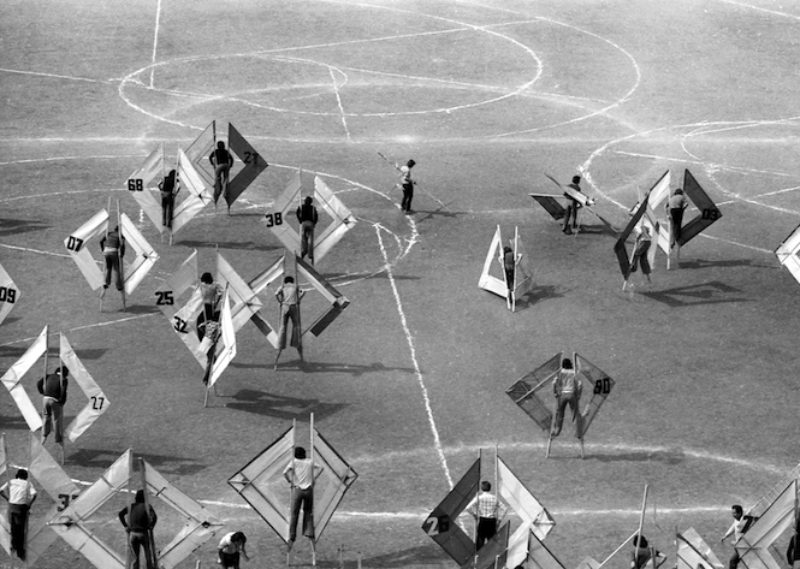Conversation “Experimental Pedagogy and Games on the (Pacific) Coasts”
Graduate Center, CUNY, New York. In the context of The House of Dust exhibition at the James Gallery
September 20, 2016
Participants: Liz Donato, The Ph.D. Program in Art History, The Graduate Center, CUNY; Felipe Mujica, artist; Hallie Scott, The Ph.D. Program in Art History, The Graduate Center, CUNY; Johanna Unzueta, artist.
In 1970, when Alison Knowles moved to Valencia, California, to teach at California Institute of the Arts, she transported The House of Dust to the school. Once installed on campus, the architectural sculpture became an alternative classroom and site for experimental pedagogical practice. The activities in and surrounding The House of Dust served as a departure point for this conversation that examined experimental art and architectural pedagogies of the 1960s and 1970s that emphasized process, chance, indeterminacy, and the ludic over the production of discrete art objects from a comparative geographic perspective. How did the experimental pedagogies of the 1960s and 70s reflect broader social/technological shifts? How can the game, score, etc. challenge conventional teaching and learning? What is the continuing relevance of these pedagogies to contemporary artistic and pedagogical practice?
Ph.D. candidates in Art History Hallie Scott, provided an overview of experimental pedagogies in the Southern California context, and Liz Donato introduced the South American perspective. Artists Felipe Mujica and Johanna Unzueta discussed their publication and exhibitions related to research on the understudied archive of Chilean architect Manuel Casanueva (1946 - 2014) of the School of Valparaíso. Both artists collaborated with choreographer Carmen Beuchat.
To listen to the conversation:
